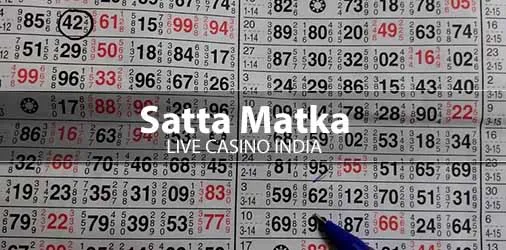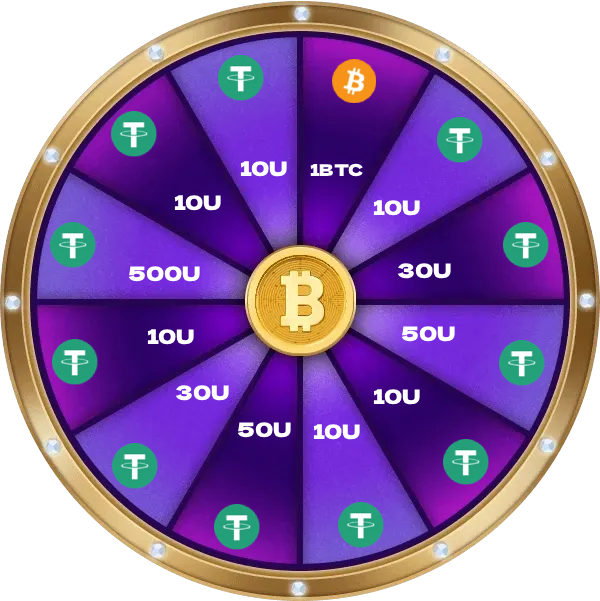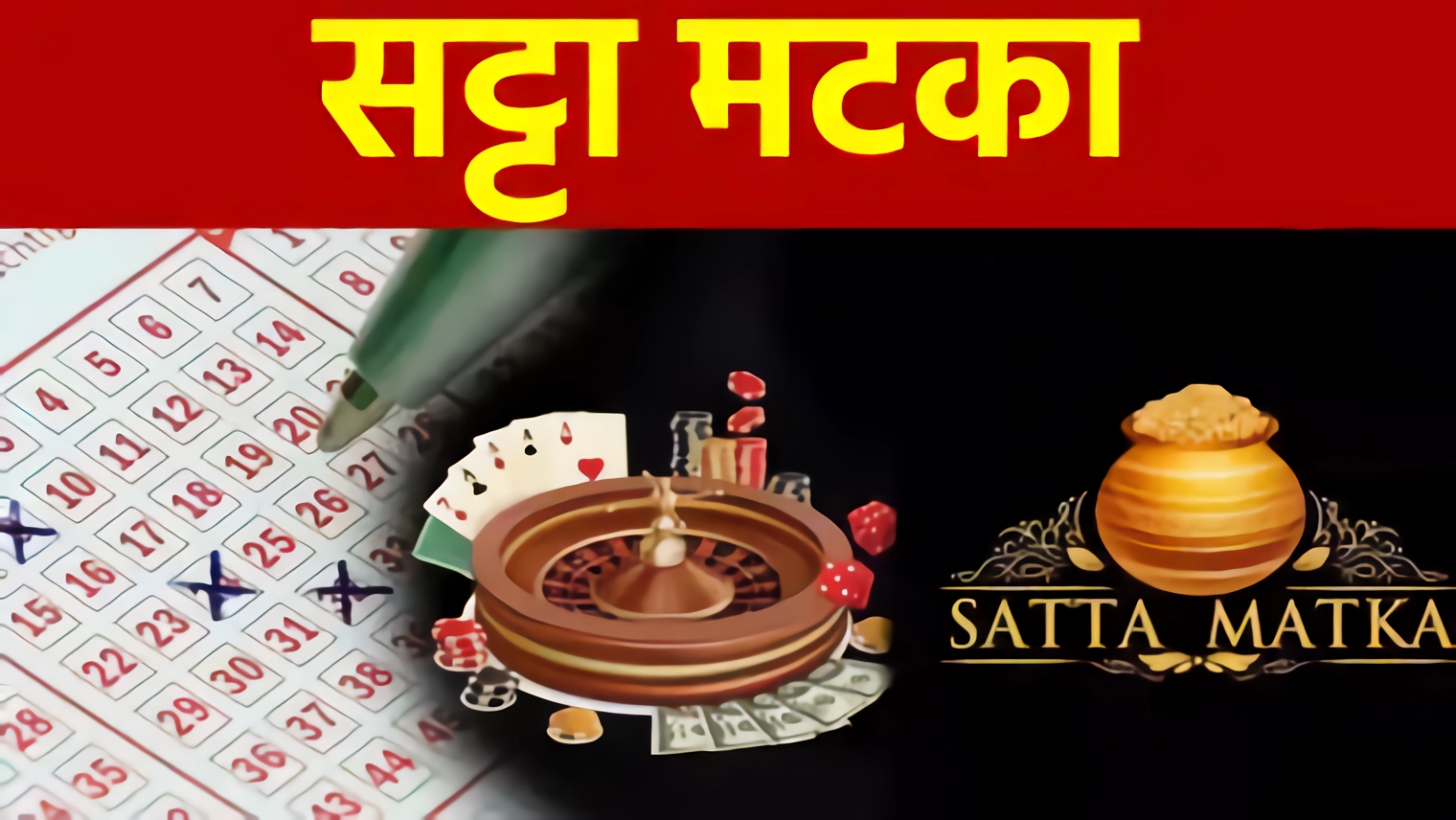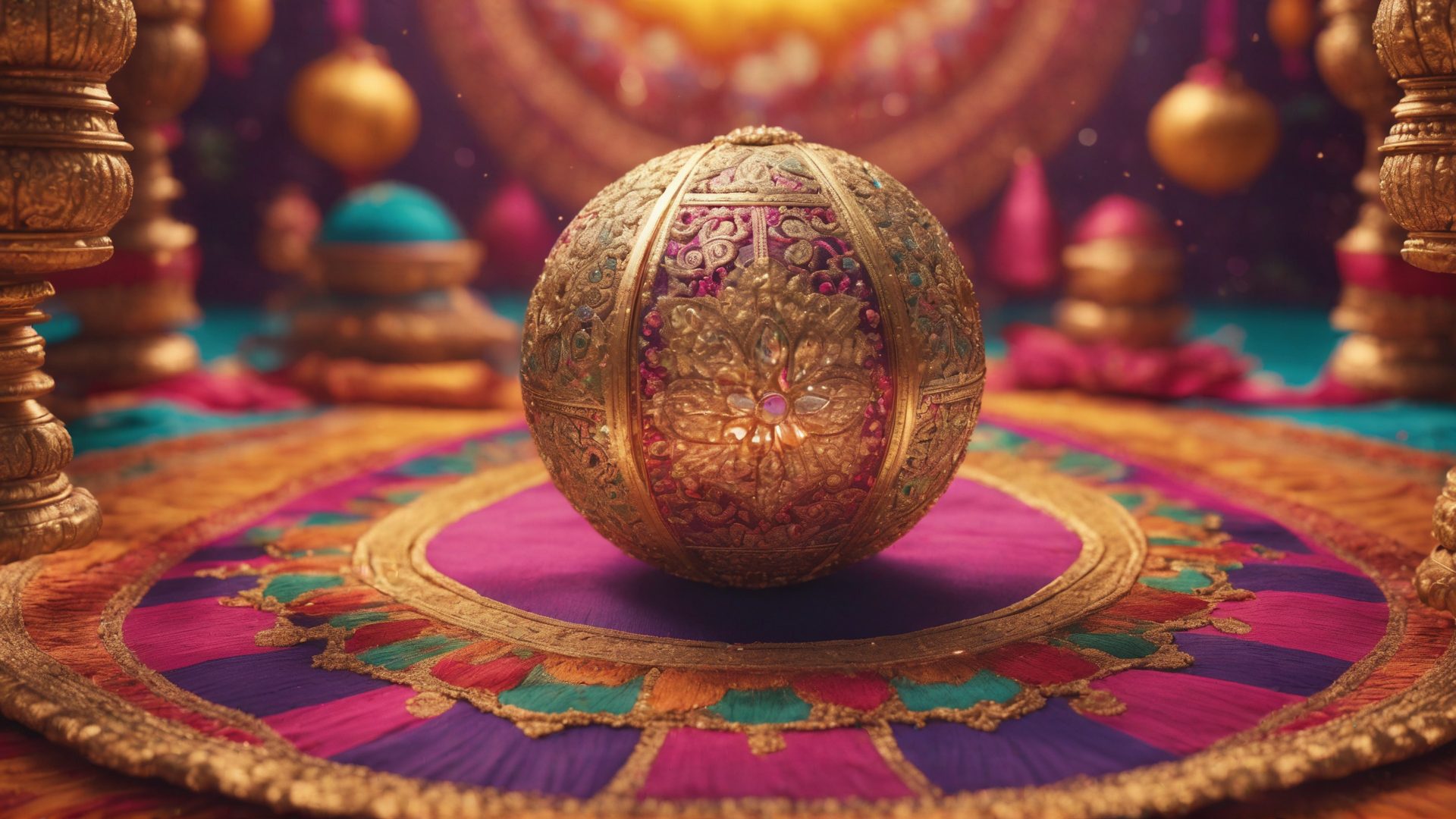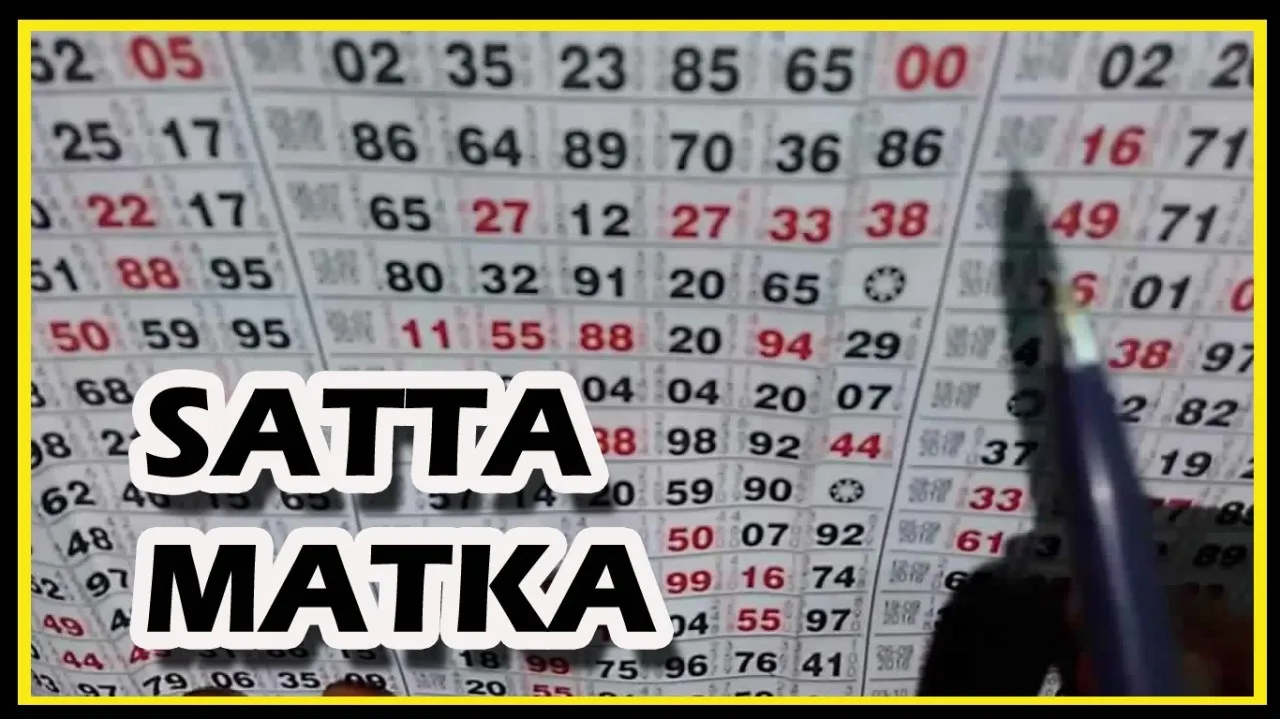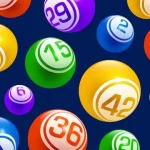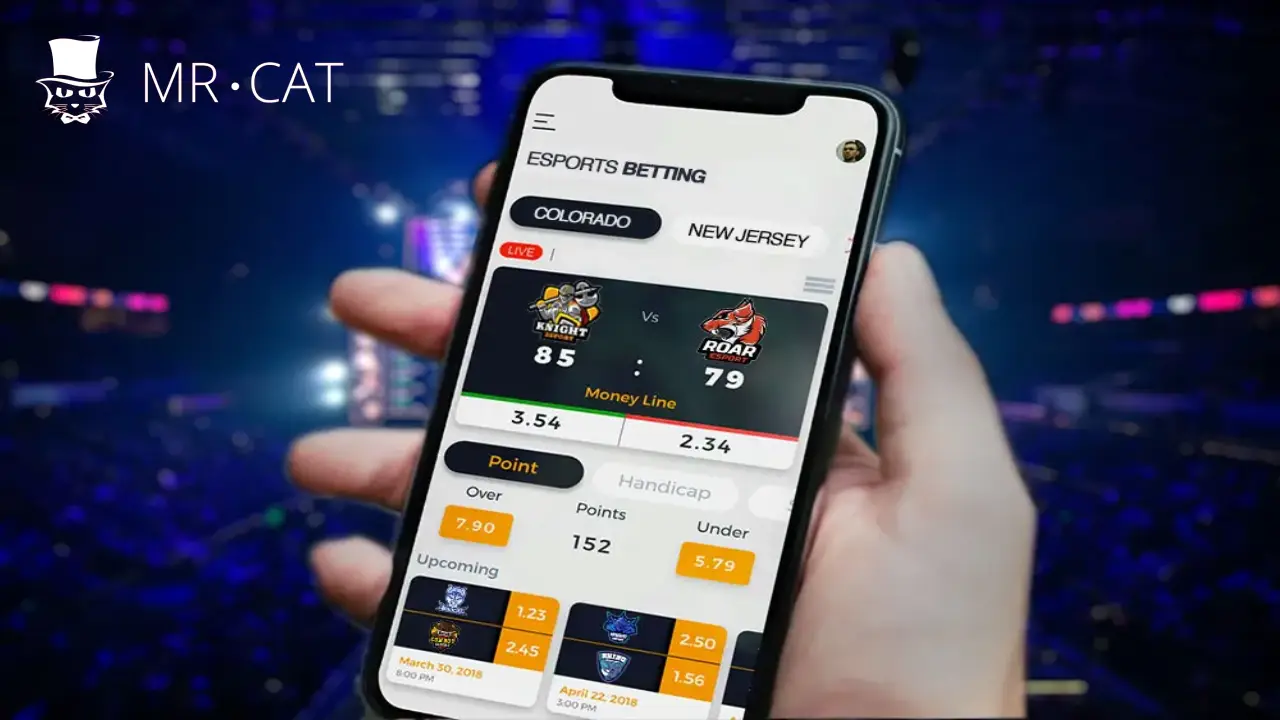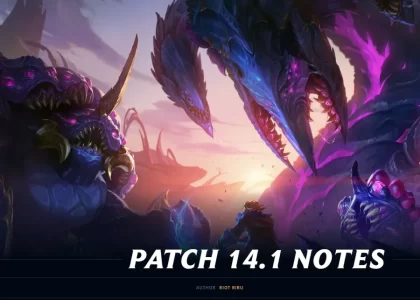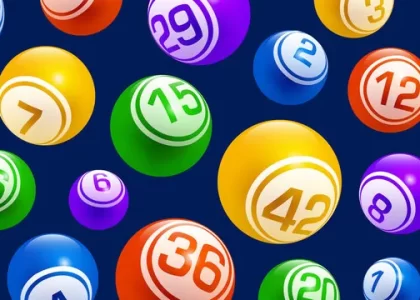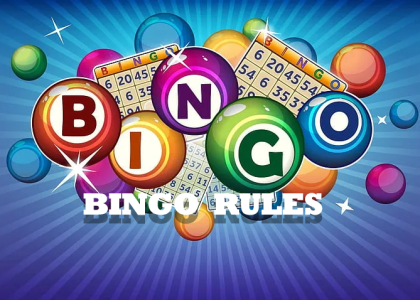Matka gambling, often simply known as “Matka,” is a form of lottery and betting game that originated in India in the 1960s. Initially a betting game involving the opening and closing rates of cotton transmitted from the New York Cotton Exchange, Matka has evolved into a major gambling activity involving the random drawing of numbers. This article delves into the origins, mechanics, legality, and socio-economic impact of Matka gambling.
Origins and History
Matka gambling (Satta) traces its roots back to the early 1960s when it was founded by Ratan Khatri, often referred to as the “King of Matka.” The game began with participants betting on the opening and closing rates of cotton sent from the New York Cotton Exchange to the Bombay Cotton Exchange. As the game gained popularity, it evolved into its current form, where numbers are drawn from a Matka (earthen pot), hence the name.
How Matka Gambling Works
Matka gambling involves the following steps:
1. **Number Selection**: Participants select three numbers between 0 and 9. For instance, if a player chooses 2, 3, and 7, the sum of these numbers is 12. Only the last digit of this sum is taken, making it 2. Therefore, the first set of numbers will be 2, 3, 7*2.
2. **Second Round**: Another set of three numbers is chosen in a similar fashion. For example, 5, 6, 8 adds up to 19, and taking the last digit gives 9. The second set is 5, 6, 8*9.
3. **Betting**: Players place bets on various combinations, such as the first set, second set, or a combination of both. Bets can also be placed on the resulting numbers (2 and 9 in this example).
4. **Drawing**: A random draw determines the winning numbers. If the numbers a player bets on match the drawn numbers, they win.
Types of Bets in Matka
Matka offers a variety of betting options, making it a versatile game. Common types include:
– **Single**: Betting on a single number between 0 and 9.
– **Jodi/Pair**: Betting on a pair of numbers.
– **Patti/Panna**: Betting on a three-digit result.
– **Half Sangam**: Betting on one set of three digits and a single digit.
– **Full Sangam**: Betting on two sets of three digits.
Legality and Regulation
The legality of Matka gambling varies across regions. In India, gambling laws are primarily governed by the Public Gambling Act of 1867, which prohibits most forms of gambling. However, Matka has continued to thrive in various forms, often operating underground or online.
– **Legal Status**: While Matka is illegal in many parts of India, enforcement is inconsistent. Some states have more stringent regulations, while others have more relaxed attitudes.
– **Online Matka**: The advent of the internet has led to the rise of online Matka gambling, where websites host games and accept bets digitally. This has further complicated regulatory efforts.
Socio-Economic Impact
Matka gambling has a significant socio-economic impact, particularly in regions where it is prevalent.
– **Economic Benefits**: The game generates substantial revenue for operators and provides employment for those involved in its operation.
– **Social Issues**: On the downside, Matka gambling can lead to financial hardship for individuals who become addicted. It can also contribute to crime and corruption as illegal operations often require bribes to continue operating.
Conclusion
Matka gambling remains a popular but controversial activity in India. Its rich history, coupled with the thrill of betting, continues to attract many participants despite legal restrictions. Understanding the mechanics and implications of Matka is crucial for addressing its challenges and exploring possible regulation methods. As with all forms of gambling, responsible participation and awareness of the associated risks are key.


